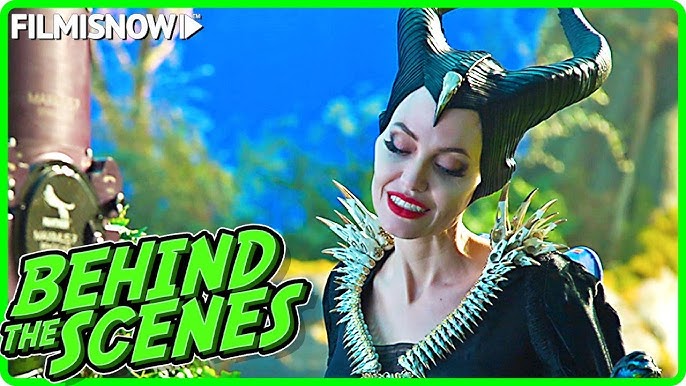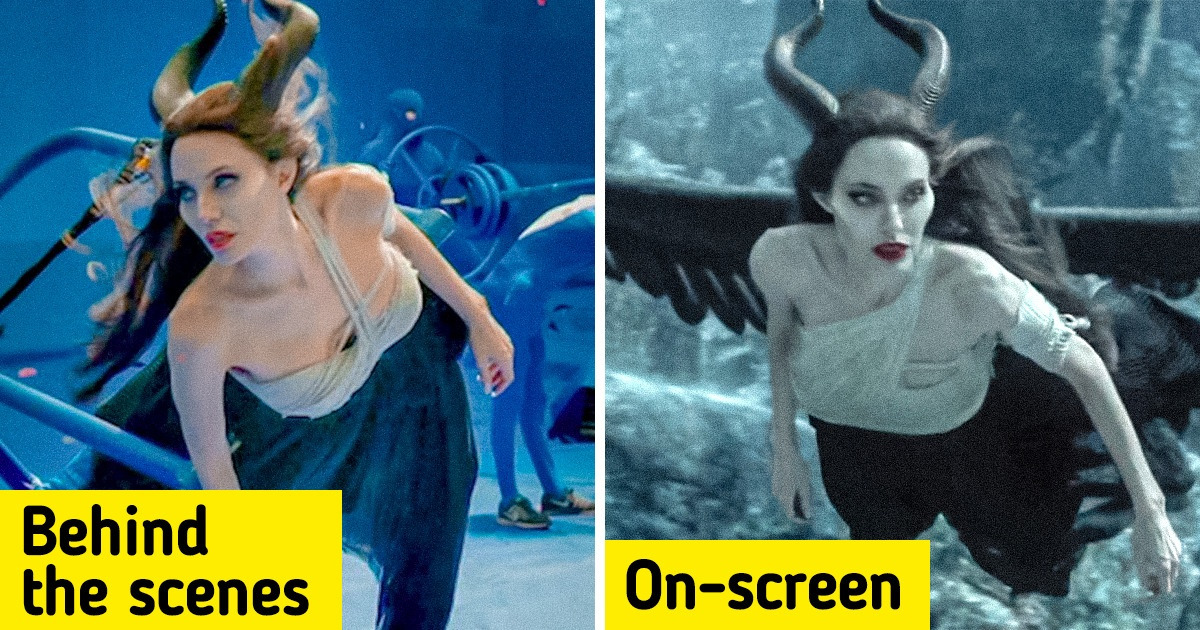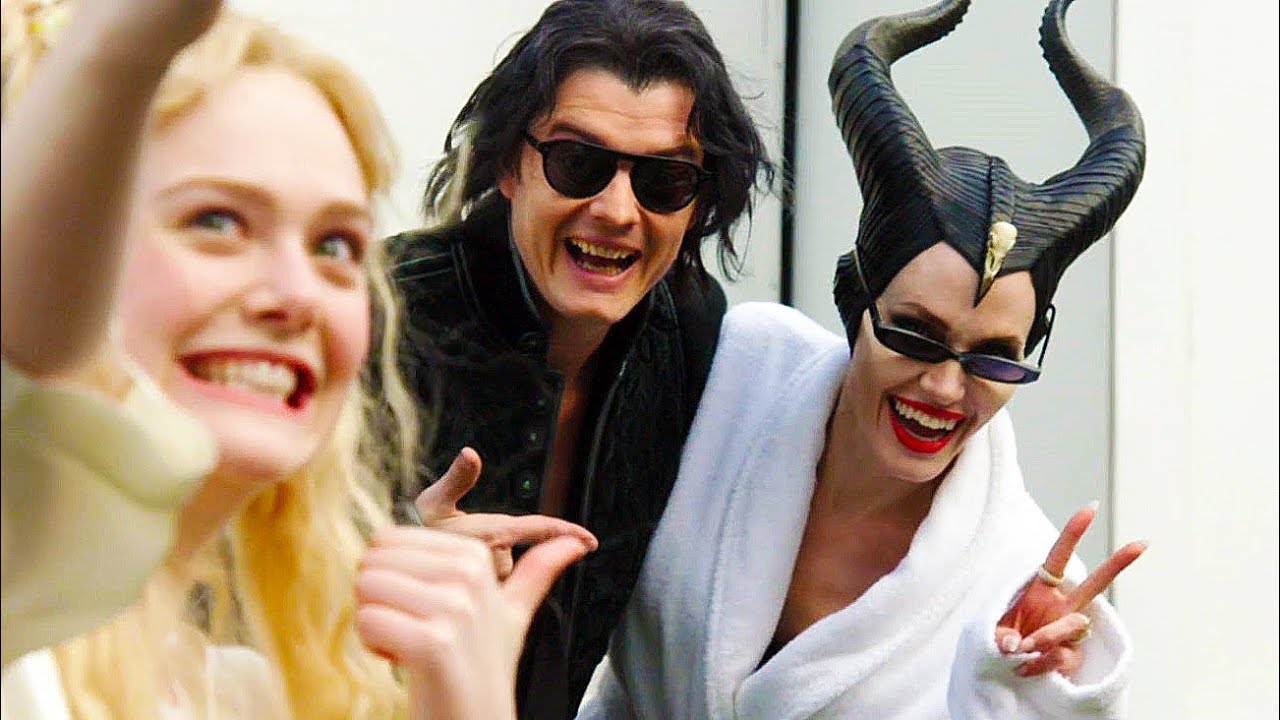Behind movie Maleficent

Related Movies:
Related Movies:
Related Movies:
Behind the Movie: Maleficent (2014)
Maleficent (2014), directed by Robert Stromberg, is a reimagining of Disney’s classic animated film Sleeping Beauty from the perspective of its iconic villain, Maleficent. The movie explores the untold story of the notorious fairy, offering a fresh take on the classic fairytale and turning the traditional narrative upside down.
Plot and Themes:
The story follows the life of Maleficent (Angelina Jolie), a powerful fairy who lives in the Moors, a magical forest filled with mystical creatures. Initially, she is a kind-hearted and noble protector of her land. However, her life takes a tragic turn when she is betrayed by her childhood friend, Stefan (Sharlto Copley), who seeks power and ultimately becomes the king. Consumed by anger and betrayal, Maleficent curses the newborn Princess Aurora (Elle Fanning), pledging that she will prick her finger on a spinning wheel and fall into a deep sleep, which can only be broken by true love’s kiss.
As the story unfolds, we learn more about Maleficent’s transformation from a benevolent protector to a feared villain. The film explores themes of betrayal, redemption, and the complexity of love, revealing that Maleficent’s motives are far more nuanced than mere villainy. Her character arc emphasizes the power of forgiveness and the idea that even the most hardened hearts can change.
Visuals and Special Effects:
The visual effects of Maleficent are stunning, with the Moors brought to life through lush, vibrant landscapes and magical creatures. The use of CGI and practical effects creates an immersive environment that complements the fantasy world of the film. Maleficent’s iconic horns were carefully designed to be both menacing and majestic, reflecting her character’s dual nature.
Angelina Jolie’s portrayal of Maleficent is both mesmerizing and complex, and the special effects are used to enhance her powerful presence. From her wings that stretch dramatically across the screen to her fierce magical abilities, the visual effects create a larger-than-life image of the character.
Cast and Performances:
-
Angelina Jolie delivers a performance that redefines the villain archetype. Her portrayal of Maleficent is filled with emotional depth, blending anger, sadness, and ultimately, tenderness. Jolie’s commanding presence, along with her nuanced performance, makes Maleficent a more sympathetic and multi-dimensional character than the traditional villain.
-
Elle Fanning plays Princess Aurora, bringing innocence and charm to the character, while also exploring Aurora’s growing connection with Maleficent.
-
Sharlto Copley portrays King Stefan, whose descent into darkness contrasts with Maleficent’s transformation and adds layers of complexity to the plot.
-
Sam Riley plays Diaval, Maleficent’s loyal shapeshifting raven, who serves as both her confidant and comic relief.
Music and Soundtrack:
The musical score, composed by James Newton Howard, perfectly complements the film’s dark and magical tone. The soundtrack features sweeping orchestral pieces that underscore the grandeur of the world of Maleficent, with a mix of tender melodies that emphasize the emotional weight of the characters’ journeys. The hauntingly beautiful reimagining of Once Upon a Dream performed by Lana Del Rey became iconic, providing a new twist on the beloved song from the original Sleeping Beauty.
Production Design:
The world-building of Maleficent is one of the film’s standout features. The design of the Moors, filled with fantastical creatures like fairies, trolls, and glowing butterflies, creates an enchanting backdrop. The costume design for Maleficent, especially her black dress and horns, has become iconic, with the wardrobe reflecting her character’s transformation from innocence to vengeance and, later, redemption.
Themes and Storytelling:
Maleficent redefines the concept of “villainy” by giving us a deeper look into Maleficent’s backstory, motivations, and emotional struggles. Unlike traditional villainous characters, Maleficent is portrayed with empathy, making her more relatable and human. The themes of betrayal, redemption, and the power of love run throughout the film, challenging the typical notions of good vs. evil.
One of the most significant changes from the original Sleeping Beauty is the portrayal of “true love” — in this version, true love’s kiss is not reserved for a romantic relationship but instead comes from a deep, emotional bond that Maleficent forms with Aurora.
Reception:
Maleficent received positive reviews from critics and audiences alike, particularly for Jolie’s powerful performance and the visually stunning effects. The film was praised for its fresh take on a well-known story and its ability to shift the perspective of the audience to understand the villain’s point of view.
Jolie’s portrayal of Maleficent earned her several award nominations, and the film was a box-office success. The success of Maleficent led to the development of a sequel, Maleficent: Mistress of Evil (2019), which continues the story of Maleficent and Aurora.
Legacy and Impact:
Maleficent stands as one of the defining films of Disney’s live-action adaptations, showing that villains can have depth and layers, and their motivations can be understood even if they’ve done terrible things. It’s a film about transformation, both for its characters and its audience, offering a new lens through which to view classic fairytales.











